Table of Contents
Famous Architects
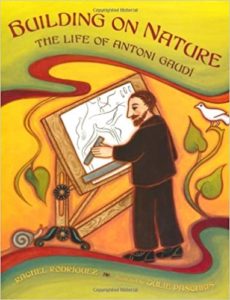 |
By Rachel Victoria Rodriguez, Building on Nature is a picture-book biography of Spanish architect Antoni Gaudi, famed for his unique architectural style based on images from nature. For ages 5-9. |
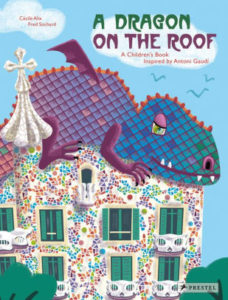 |
Cecile Alix’s A Dragon on the Roof (Prestel, 2019) is an imaginative picture-book story about Paloma who lives in the Casa Batllo, one of architect Antoni Gaudi’s most famous buildings. Its spectacular roof really does look like a dragon. For ages 4-8.
|
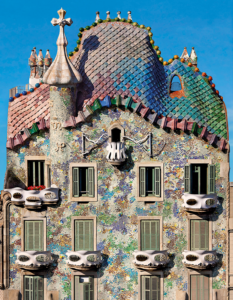 |
The Casa Batllo today is a museum in Barcelona, Spain. Visit it here. |
 |
Jeanette Winter’s The World Is Not a Rectangle (Beach Lane Books, 2017) is a picture-book biography of prize-winning Iraqi architect Zaha Hadid. For ages 5-10.
|
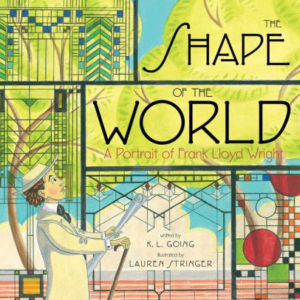 |
By K.L. Going, The Shape of the World (Beach Lane Books, 2017) is a picture-book biography of architect Frank Lloyd Wright, beginning when he was a little boy playing with blocks. For ages 5-9.
|
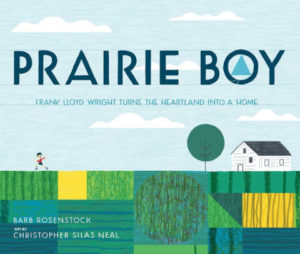 |
Barb Rosenstock’s Prairie Boy (Calkins Creek, 2019) is a charmingly illustrated picture-book biography of Frank Lloyd Wright that describes his love of shapes and his invention of organic architecture. For ages 7-10.
|
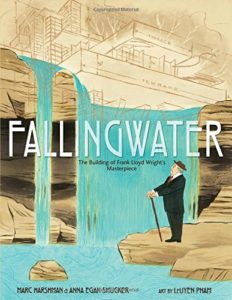 |
Fallingwater by Marc Harshman and Anna Egan Smucker (Roaring Brook Press, 2017) is the story of the building of the house known as architect Frank Lloyd Wright’s masterpiece. “Once upon a time,” the book begins, “Frank Lloyd Wright was the most famous architect in the world…but it had been years since he had built anything newsworthy. A stream in Pennsylvania was about to change all that.” For ages 7-10. |
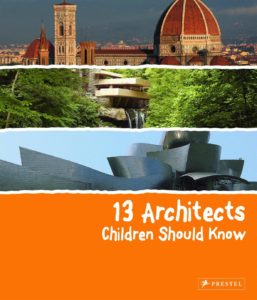 |
Florian Heine’s 13 Architects Children Should Know (Prestel, 2014) covers Christopher Wren, Thomas Jefferson, Frank Lloyd Wright, Le Corbusier, Mies van der Rohe, Zaha Hadid, and more, in chronological order, with background information and gorgeous color photos of their most famous buildings. For ages 8-12.
|
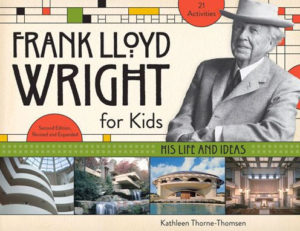 |
Kathleen Thorne-Thomsen’s Frank Lloyd Wright for Kids (Chicago Review Press, 2014) covers Wright’s life and architectural ideas, with photos, diagrams, drawings, and 21 hands-on projects, among them designing a Wright-style stained-glass window and a maze, and experimenting with geometric shapes. For ages 9 and up. |
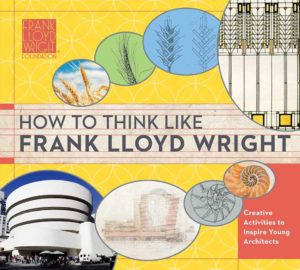 |
By Catherine Teegarden, How to Think Like Frank Lloyd Wright (Downtown Bookworks, 2020) is a collection of creative activities and practice exercises for young architects. Try designing a stained-glass window, sketching houses for different habitats, or designing roofs for different climates. Included are grids, worksheets, and geometric sticker shapes. For ages 10 and up. |
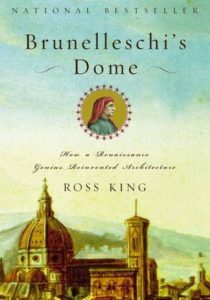 |
By Ross King, Brunelleschi’s Dome (Bloomsbury, 2013) is the story of how Renaissance clockmaker Filippo Brunelleschi came up with a brilliant plan for the dome to top Florence’s magnificent new cathedral, and by doing so revolutionized architecture. For teens and adults.
|
Animal Architects
 |
By Kathleen Martin-James, Building Beavers (First Avenue Editions, 2000), illustrated with color photos, tells all about beavers and beaver dams and lodges for ages 4-7. |
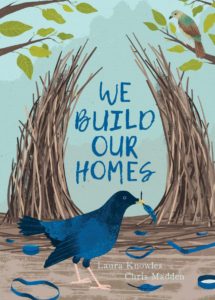 |
Laura Knowles’s We Build Our Homes (words & pictures, 2018) features 26 animal master builders from around the world, from ovenbirds to moles to polar bears. For ages 4-8.
|
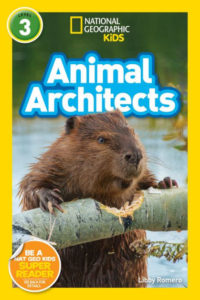 |
Libby Romero’s Animal Architects (National Geographic, 2019), illustrated with gorgeous color photos, covers some amazing example of building in the animal world by birds, spiders, termites, wasps, busy beavers, and more. For ages 6-9.
|
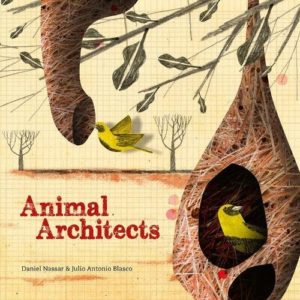 |
Filled with amazing illustrations, Julio Antonio Blasco’s Animal Architects (Laurence King, 2015) covers chimpanzee nests, beaver dams, termite mounds, stork nests, and many more in a series of beautiful double-page spreads. For each, there’s general information about the animal, animal statistics, and an account of how and with what the animal builds a home. Recommended for ages 8-12, but fascinating for all. |
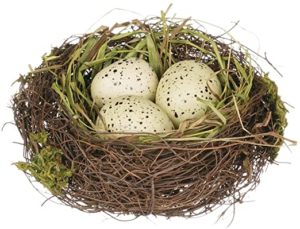 |
Can you build a bird’s nest? Like the birds do, that is, using only natural materials and no tape or glue. See suggestions from Science Buddies here.
|
|
See many more resource on Birds. |
